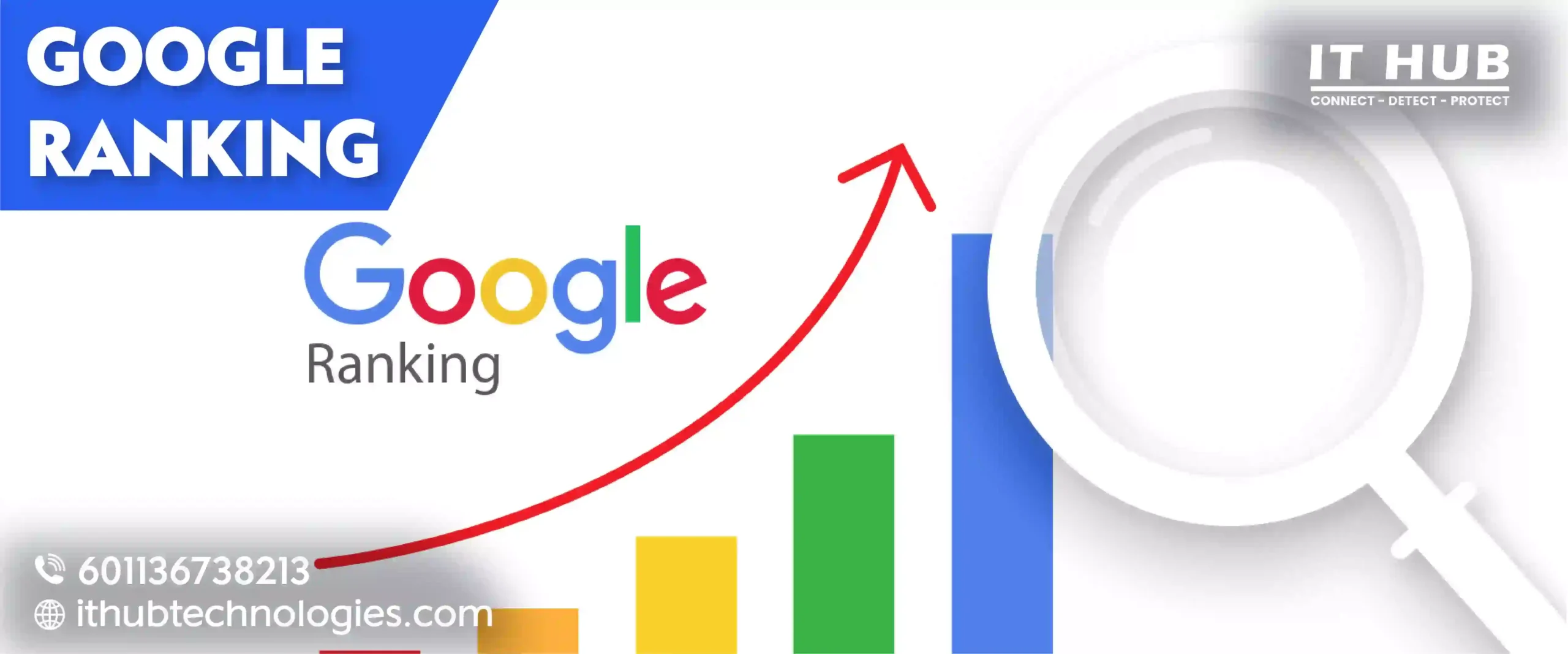Are you curious about Google’s process for ranking content? E-E-A-T: experience, expertise, authoritativeness, and trustworthiness, are crucial components. To have an effective interaction pattern you need to have a strong EEAT. We’ll investigate them with real-world examples, so get ready to improve your SEO abilities and climb the SERP ladder!
E-E-A-T is important: Experience, Expertise, Authoritativeness, Trustworthiness. We’ll examine them, so get set to boost your SEO and rise in search positions!
It stands for Authority, Trustworthiness, Experience, and Expertise. Google uses these to check the legitimacy of content creators and their work. Want fitness advice? You’d likely trust experienced trainers or dieticians. This aligns with the EAT goal to give users the best content.
The experience involves a solid understanding based on individual practice. So, a restaurant reviewer should have dined there, a beauty blogger should have used the products. The interaction pattern of the experience determines the positive and negative review
Authority: Possessing authority means people recognize you.
Think–backlinks from high-profile sites, press mentions, or other expert quotes.
Trustworthiness is paramount for Google. Always provide accurate details and safeguard your site. Always provide accurate details and safely guard your site. You can evaluate the interaction pattern and work accordingly.

Google uses various signs, including human quality raters, to assess E-A-T. They examines if a page fulfills user needs, considering the author’s credentials, website reputation, and content quality. Share personal anecdotes when appropriate. Discuss your health regimes, but remember to back these stories with scientific facts. If you’re writing about a diet’s benefits, include links to research or expert opinions supporting your experience.”
If you falter, identify your site’s weaknesses. Utilize tools like Search Console and Google Analytics to discover sites with high bounce rates and low engagement through the interaction pattern.
Suppose your blog’s visitors diminish after a significant shift. Find the most affected sites. Then, check if they’re lacking in authority, credibility, and experience factors.
Solving Issues
Shaken by an algorithm change? Don’t fret! Instead, invest some time in enhancing and fine-tuning Google E-E-A-T best practices.
Prioritize Content:
Write intriguing, current pieces. The New York Times, for instance, is known for great journalism. They cover all topics, offering informed perspectives. Being reliable, they attract global readers, satisfying their information needs. The data gathered from the interaction pattern can be used for content.
Display Expertise:
Showcase your team’s credentials. Use user scenarios and work on them. You will create wise content according to industry. Business-oriented readers adore its useful tips and insightful data.
Websites should be user-friendly and presentable. You should avoid AI platforms for writing content.
Maintain Professionalism:
Keep your site design clean and professional. Airbnb excels at this. It offers a sleek, user-friendly page. Users find it easy to choose and book the ideal accommodation.
Use Comparisons:
Impress by making thoughtful comparisons between your content and industry peers. Compare differently and make your work special by providing thoughtful comparisons with other subject experts. TripAdvisor has a strong interaction pattern with travelers. Comparing products and offerings is also a user scenario. You compare products from various categories and give an in-depth review of travel destinations.

EAT—or Expertise, Authoritativeness, and Trustworthiness—is Google’s way of deciding if a website is any good. Let’s talk about EAT for things that matter to you—like your health, happiness, or money. If your webpage is awesome (high EAT), then Google loves it. AI platforms can no longer exist for humans. Take into consideration user scenarios to understand what they are looking for. These high EAT pages are more likely to pop up first when folks do an online search. People trust pages that Google says are great (high EAT). If your content is accurate, the interaction pattern will be high. If your content is truth-checked, and written by experts, it gets top marks for EAT.
Let’s break it down: ·
Show your viewers your credentials and knowledge in the field.
And what about Authoritativeness?
Well, think:
Trustworthiness can be shown by:
For your content, think:
The overall user experience plays a big part too.
You gotta:
In a nutshell, applying E-A-T may seem tough initially. With the right method, you can enhance your SEO and ascend the Google ranks. The secret is to display your skills, build authority, and maintain trust. Contact to quality and your rankings will gradually improve.
6011 3673 8213
support@ithubtechnologies.com
No. 34, Jln 8/91, Off Jln Cheras, Taman Shamelin Perkasa, 56100 Kuala Lumpur, W. P Kuala Lumpur.
© 2025 It Hub. All rights reserved.